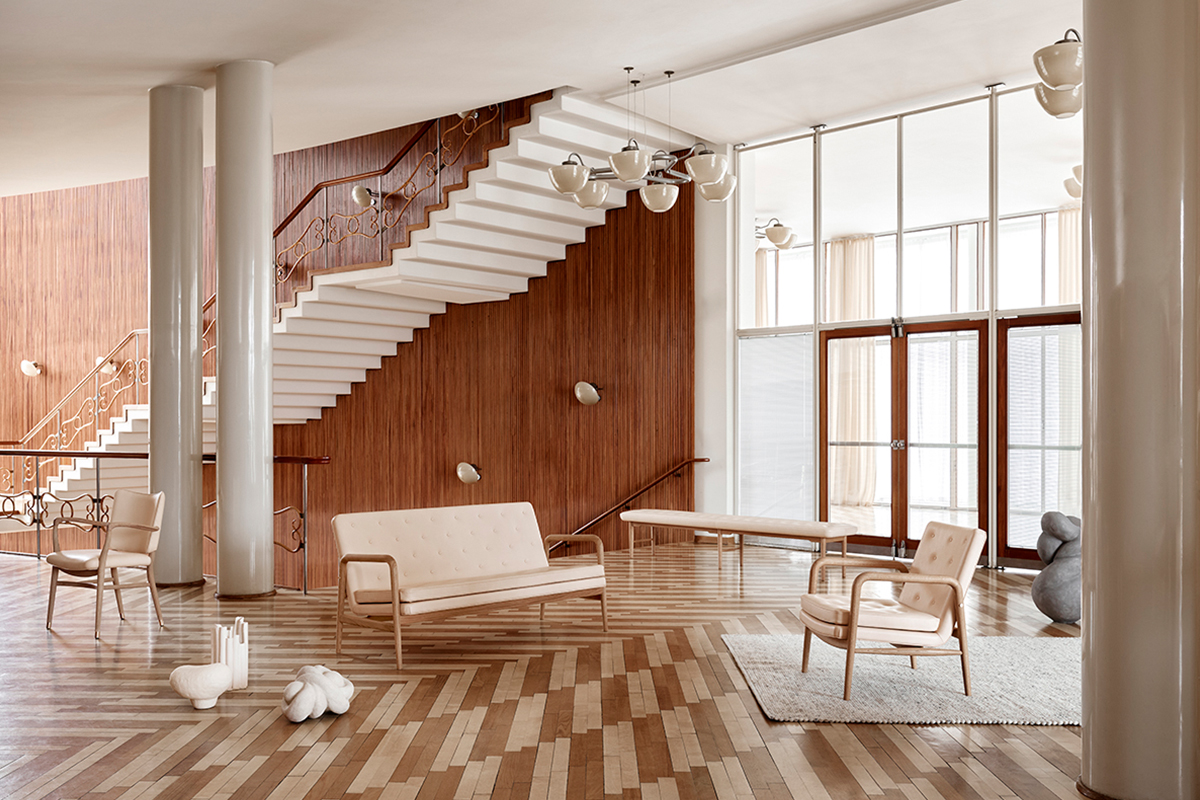
VLA61 Monarch Chair and Foyer series, designed in collaboration with Vilhelm Lauritzen
Carl Hansen & Søn began as a small furniture workshop in Odense in 1908. Today, it is a company stretching across continents. Knud Erik Hansen tells LUX about continuing his grandfather’s legacy as CEO of the Danish furniture brand
LUX: Carl Hansen & Søn was founded over a century ago. How do you maintain a balance between traditional craftsmanship and modern technology?
Knud Erik Hansen: We produce products of a very high quality. In order to do this, we have spent a lot of time looking for the right equipment to automate certain parts of the production. Being a carpenter is a very difficult job, particularly if you have to start right from the beginning, carving out the wood. Everything we make is round, and that makes it very complicated, very difficult, and it takes a long time.
When I took over in 2002, I was interested in trying to automate a lot of the processes that could be done just as well on a machine, because I don’t see the need for people to wear themselves out. I would much rather use my carpenters for doing those final touches to the furniture, so that it is absolutely perfect. The machines can grind the wood and can do all the heavy jobs, but they’re not looking at what makes the furniture absolutely perfect, they can’t do that yet. It is still necessary for us to have a lot of craftsmen working with each individual piece of furniture.
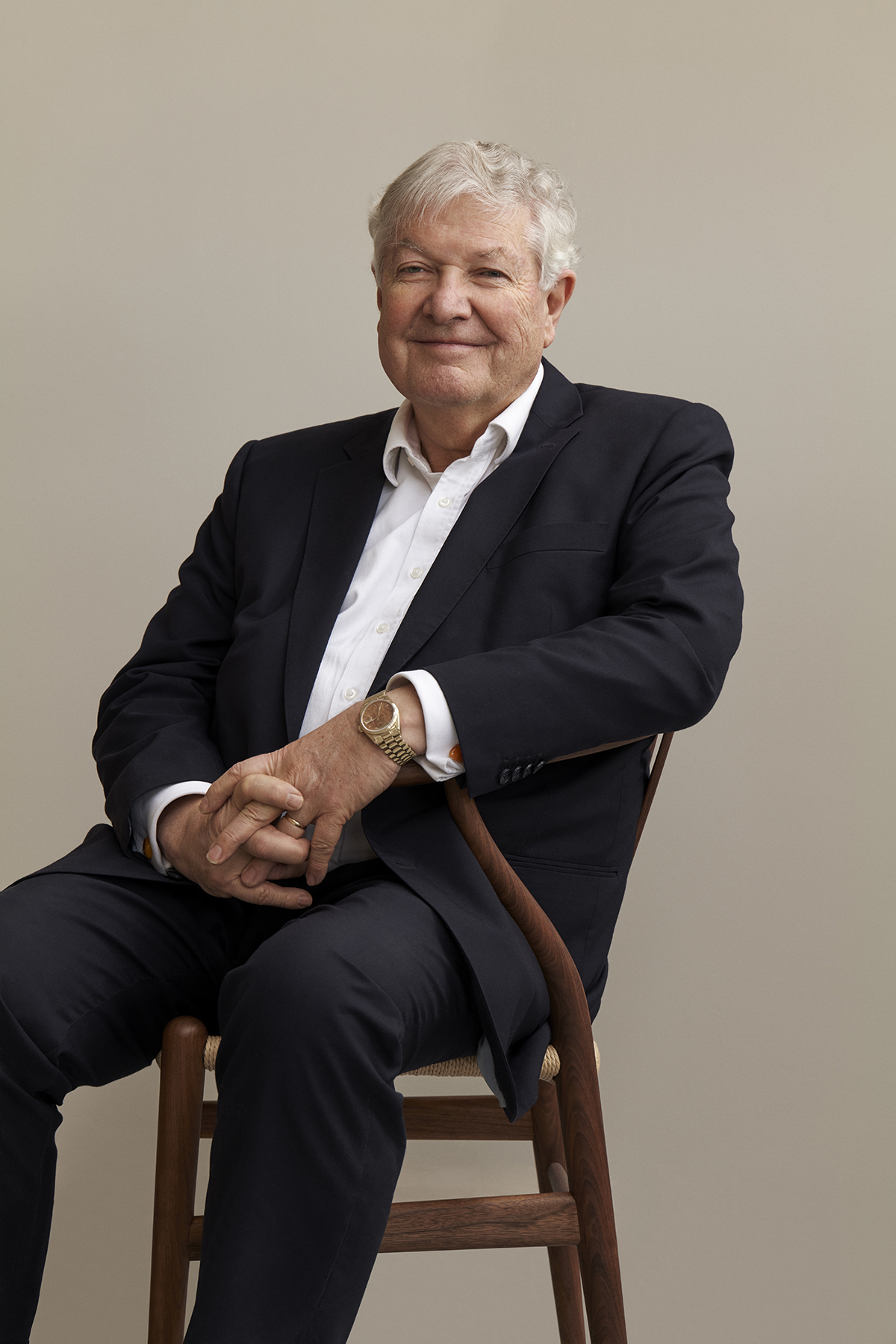
Knud Erik Hansen
LUX: You have a very strong focus on preserving Danish designs and principles. How do you distinguish your company from other Danish furniture brands?
KEH: We are one of the very, very few that have stayed in Denmark. Before I joined Carl Hansen, I lived and worked in the Far East for 22 years in shipping, not in, not in furniture, but I had a touch on every single commodity that is exported from the Far East. I’ve seen a lot of businesses in Hong Kong and China, in Singapore and Malaysia all over the place and I would say the craftsmanship that you get out there is okay, but it is not fantastic.
Follow LUX on Instagram: luxthemagazine
When I moved to Denmark, I built a new factory that employed a lot of people, I bought the latest machinery you could buy and I borrowed every penny I could to do it. I inherited a lot of beautiful pieces of furniture designed by hand, and I put them into production.
My brother, who ran the business 20 years before me, had a very limited amount of different pieces on offer. I widened that offering and the customers appreciated that. So I stayed in Denmark, and today I’m very pleased with what I have built. We have a factory of 60,000 square metres. We export to 67 countries around the world and have a very good name today. I can see many of my competitors trying to get back to Denmark or even to Europe from China, and I can tell you that is not easy today. I I think my timing was perfect. Let’s just say I’ve been very lucky.
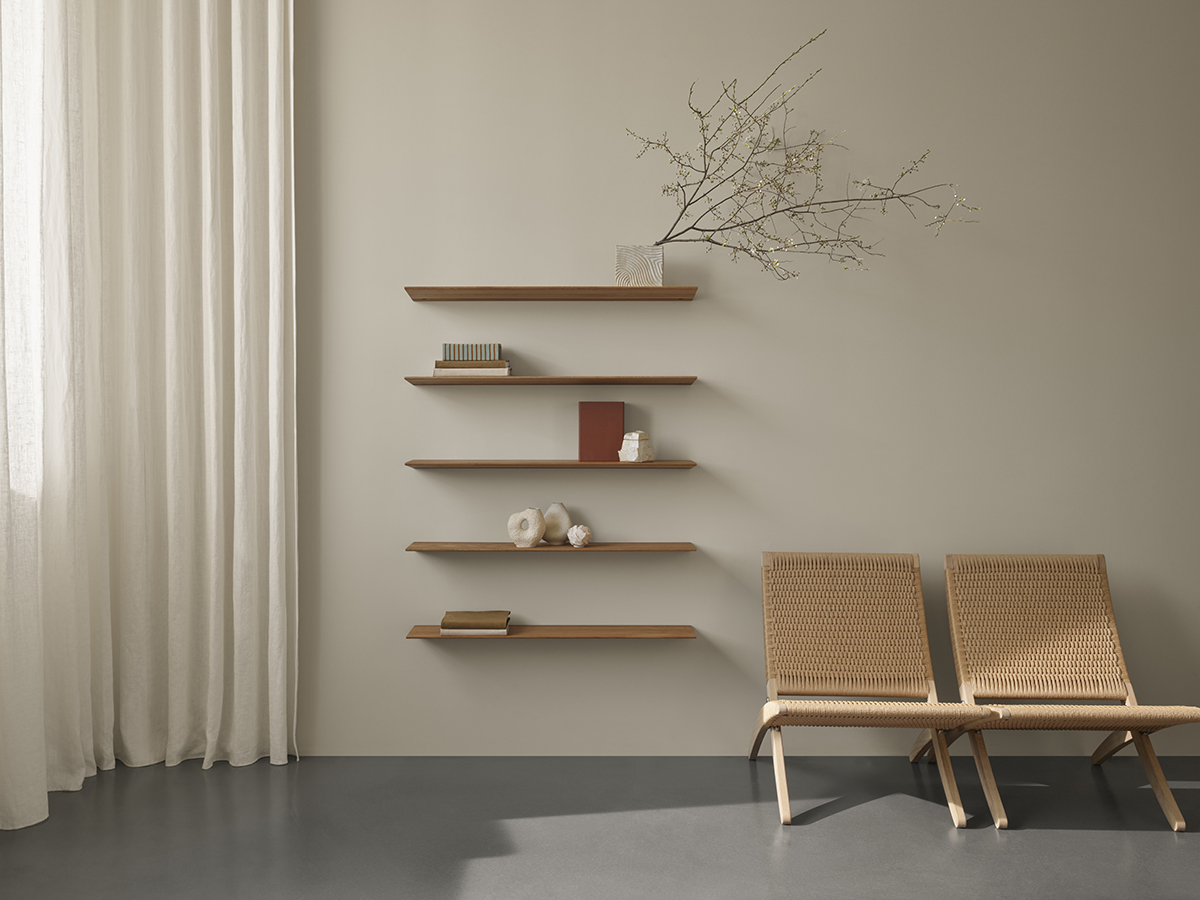
Tsugi Shelves, designed by Sharon Fisher and Matteo Barenghi
LUX: I read the amazing story about your mother and her perseverance with the company, How did that influence your career?
KEH: I always admired my mother’s courage and the fact that she dared to get into running a factory in the early 1960s. It was unheard of for women in Denmark. She felt it was sad that my brother and I would not have the opportunity to take over the business, so she decided to run it herself and take a chance. She managed it for 20 years and during that time, it was her whole life. Afterwards, she went happily on pension and lived a beautiful life until she passed at 84 years old.
Of course, I admire her. But I didn’t have strong family feelings or sentimentality for the company. I worked in a different company in the Far East and when I got back to Denmark I joined Tempur, the metrics company, and became the Managing Director there, so I had very little time to concentrate on Carl Hansen & Søn.
It was only when I got into the business in Carl Hansen & Søn in 2002, that I started realising how much she had actually done and also how much my father, who unfortunately died very young, had done. He is a very big part of Carl Hansen & Søn. I hope both my parents would be happy with where the company is today.
LUX: How has being in a family owned business contributed to the success across so many generations?
KEH: I’m third generation and the 4th generation is nearly ready; my younger son is taking over. He’s living in Singapore at the moment, and when he returns back to Denmark he will take over the business and it will continue as a family business through the 5th generation, I hope. I could have sold the company, but I decided not to do that. I would like the next generation to take over. I hope that will happen for my son as well, that he will look after his children and make sure that at least one of them will take over for the next generation. But of course, nothing is certain, and I must leave it to the next generation to cultivate that. I can only hope that they will continue the business.
LUX: Where do you usually draw inspiration from for your physical products?
KEH: It is important for me that we work today with a lot of younger architects and are still developing new pieces with the next generation, with both Danish and foreign designers.
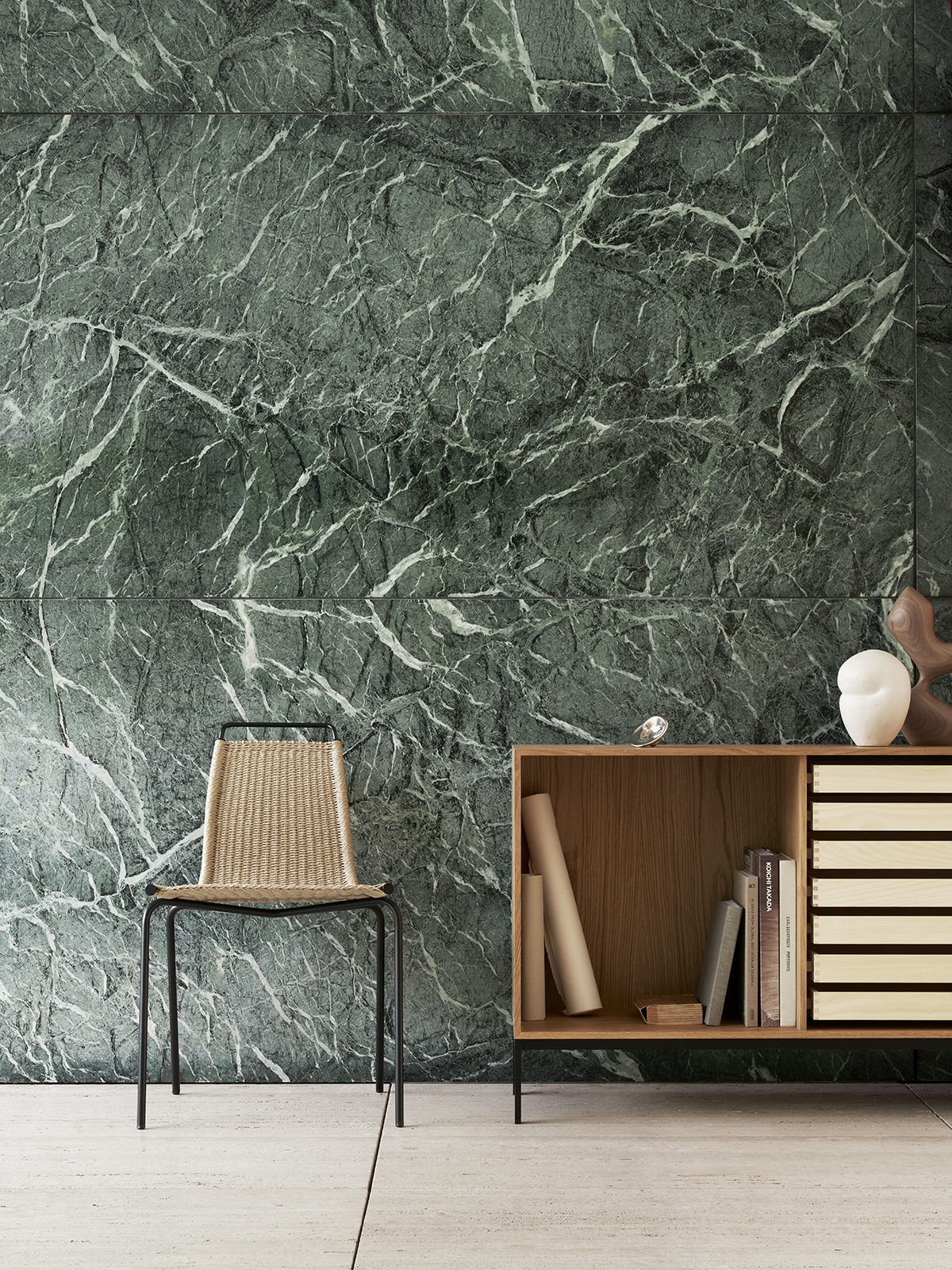
PK1 Chair designed by Poul Kjærholm
Taste wise, however, the DNA is still the same. The furniture is just as much a part of the family as we are, and therefore it’s important to make sure that the furniture that we offer can be showcased all together. That’s also why we can succeed with our flagship stores; you can put all the furniture together and it doesn’t really matter how you put it together, the pieces will compliment each other. I approve the furniture that we are going to make, and I have to tell the designers that we are not looking to copy what other people are doing. We want to stick to our own unique DNA, using wood, natural materials, wool and the best leather, while also thinking about our impact on the environment.
LUX: How do you ensure that your materials are both sustainable, but also of the highest quality? Are there any sustainability initiatives that you’re working on that you’d like to mention?
KEH: This is something we have considered right from 1908 as we only produced furniture from wood, primarily Danish wood. We have a law in Denmark that you cannot chop down a tree unless you plant a new one, so we are always replenishing the forests.
The only materials we use are nature’s own; we don’t use any artificial plastic or anything like that. And importantly, our furniture is built to last. We have an initiative called ‘Real Love’, where we buy back our own furniture if anybody wants to sell it, refurbish it and sell it again. Many people buy the furniture back again, which is quite nice because it’s not a big profit for us – although it is for the environment.
Read more: Parmigiani Fleurier CEO Guido Terreni on horology and the art of luxury
Every wood cutting leftover from making our furniture is used to its fullest, wherever we craft it into a plate or chopping board or another home accessory. Any scraps or sawdust that remain are repurposed in a district heating plant that provides heating to our own factories, and to local homes in Gelsted.
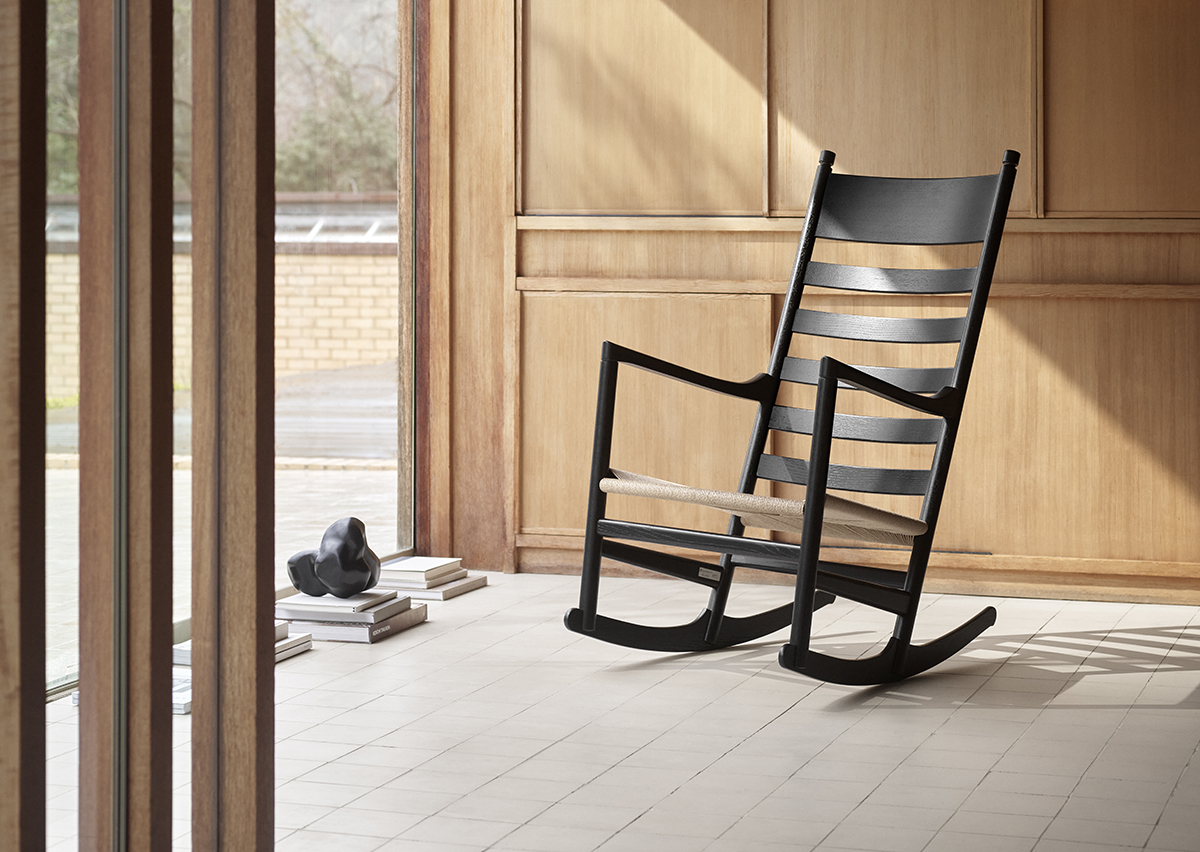
CH45 Rocking Chair designed by Hans J. Wegner
LUX: What do you think is necessary to uphold your company’s focus on quality craftsmanship in future years?
KEH: It is important that the next generation understands the details of the company and its history, development, and culture. We have a lot of talented people in our company who understand our values, our mission, and the expectations for the future owners.
We have built the company up to a size which allows it to stand alone. We’ve ventured into significant contracts, including sales contracts and partnerships with restaurants around the world. We also have a furniture factory in Vietnam, employing around 800-900 people, where we produce outdoor and contract furniture for hotels. We also create bespoke furniture, managed by my older son. So again, it’s family. This family-driven management ensures coordination between our two factories and strengthens our competitive position.
I must stress that capital is crucial for our company. Maintaining a good relationship with the banks we work with is essential. We have been closely liaising with financial institutions to ensure their satisfaction, which is necessary for our ability to expand and venture as we have in the past 22 years.
Finally, the energy and innovation brought by the younger generation and my two sons are invaluable. They serve as catalysts for our entire team, inspiring them to align with our company’s policies. It’s crucial that they set an example for how we expect things to be done.
Find out more: www.carlhansen.com





